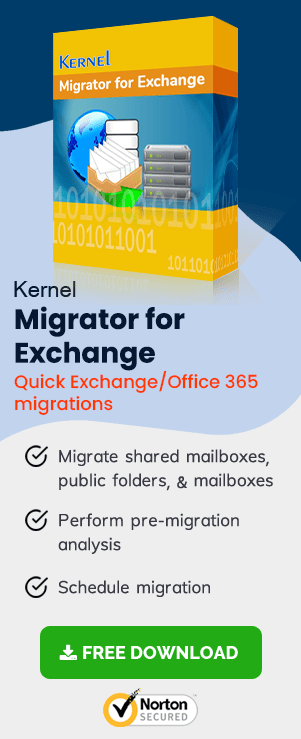Successful migration from on-premises Exchange Server to Office 365 helps you earn flexibility that reduces the dependency on an on-premises Exchange Server’s hardware configuration. After that, you can either use the Exchange Server in a hybrid environment or remove it from the system. The removal of Exchange Server from your organization is called Decommissioning. Here are some scenarios when the decommissioning of Exchange Server becomes easy:
When you have migrated completely, you do not need to retain on-premises servers, and so you can decommission it.
Here are some scenarios when the decommissioning of Exchange Server becomes easy:
- You ran a cutover migration from Exchange to Office 365, and you do not wish to implement the directory synchronization later.
- You ran a staged migration and have turned off the directory synchronization.
- You ran the hybrid migration and removed the hybrid configuration from Exchange. You also turned off the directory synchronization.
You can see a common factor in all three scenarios, then it is the directory synchronization that is turned off. If you want to keep the directory synchronization, then the Exchange Server should be in the environment.
Sometimes the users only turn off the Exchange rather than uninstalling it. They wish that they will use it again to copy some data. They think that though the emails are now on the cloud, at some point, they will be forced to use the Exchange Server again. But the Exchange should be removed properly.
When you have made your mind and want to do away with Exchange Server, then there will be multiple issues that may arise at various levels. That’s why we have prepared some documents that have a step-by-step process for helping you in decommissioning the Exchange Server (2016,2010,2007,2003).
You can click the following links to access these documents:
- Step-by-step Guide to Decommission Exchange Server 2003
- Step-by-step Guide to Decommission Exchange Server 2007
- Step-by-step Guide to Decommission Exchange Server 2010
- Step-by-step Guide to Decommission Exchange Server 2013
- Step-by-step Guide to Decommission Exchange Server 2016
The step-by-step guide to decommissioning the various Exchange Server versions provides you complete information with the relevant images and links. You can use any guide and decommission the entire Exchange Server.

